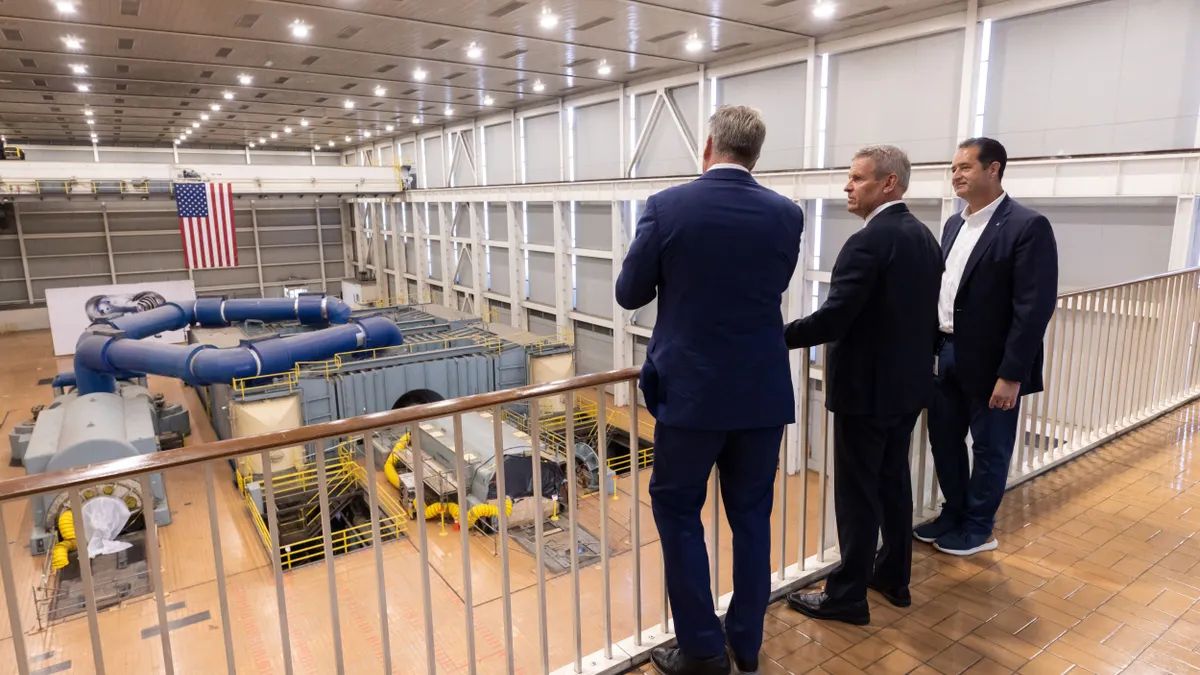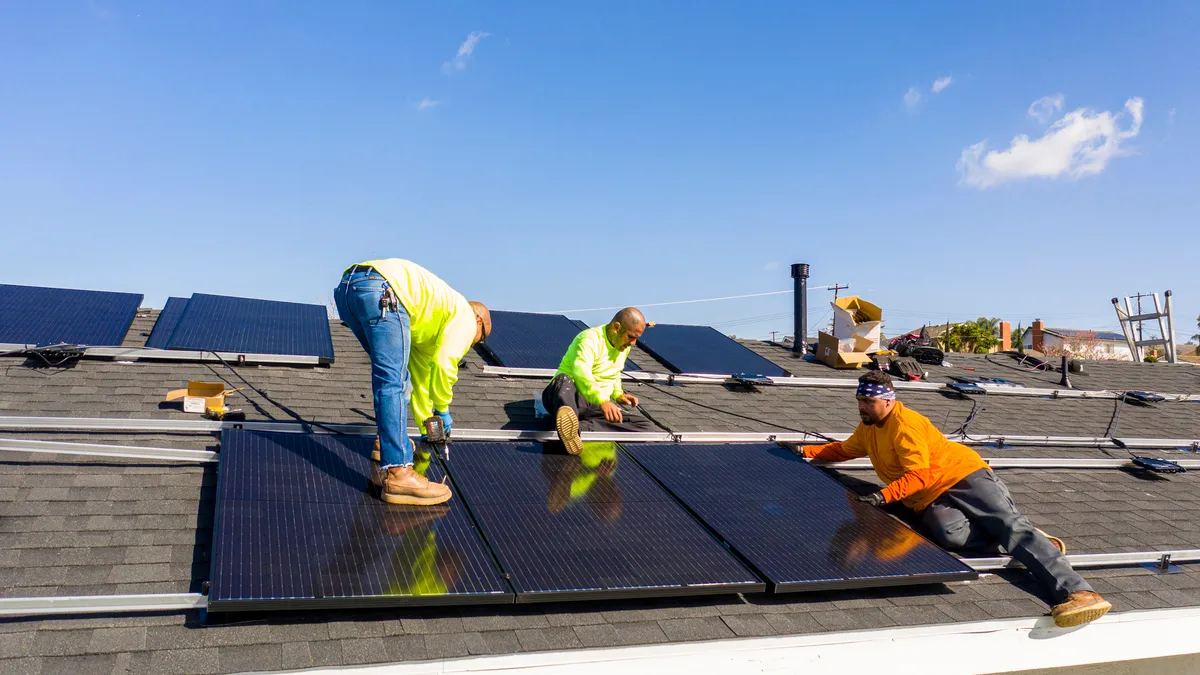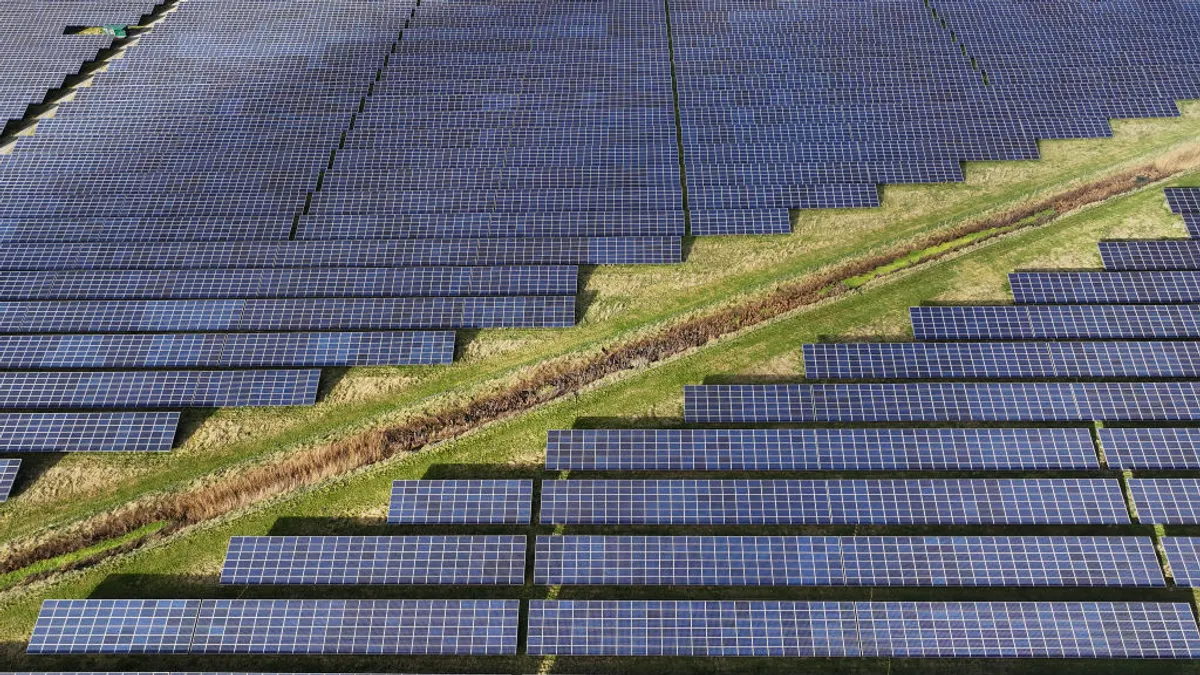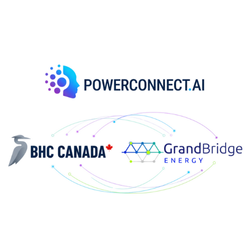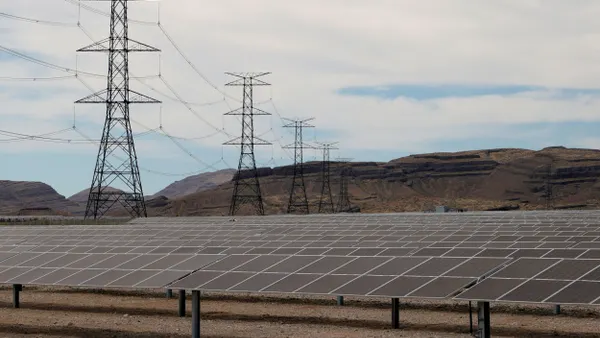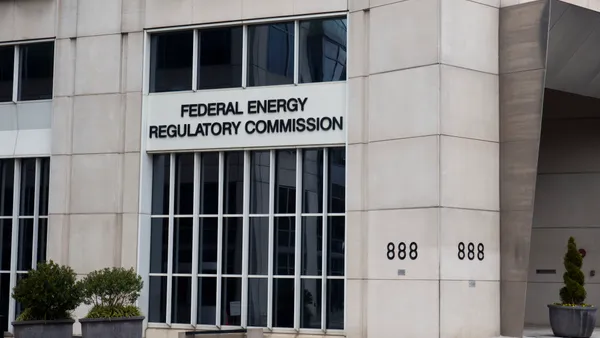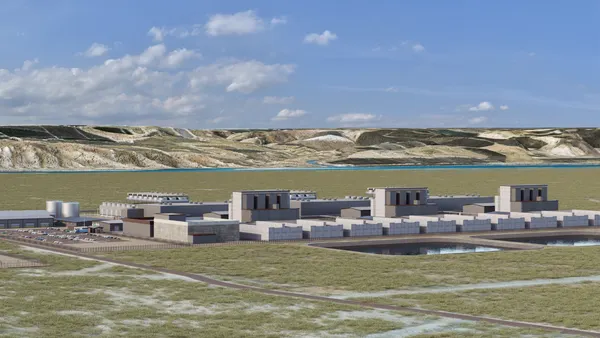The U.S. Department of Energy released a nuclear fusion roadmap Thursday that reviews the barriers to deployment of the technology and provides strategies for addressing them, with a goal of a private-sector fusion scaleup in the 2030s.
DOE said the roadmap will enable a transition to a future Office of Fusion Energy and Innovation once its goals are met, and that office will then work on a path to fusion commercialization.
Barriers to deploying fusion, which has yet to work at scale, are “across six core challenge areas,” the roadmap said: Structural Materials, Plasma-Facing Components, Advancing Confinement Approaches, Fuel Cycle and Tritium Processing, Blankets and Fusion Plant Engineering, and System Integration.
“The exceptional materials degradation caused by large quantities of fusion neutrons is one of the single largest factors limiting the economics and safety of fusion energy,” the roadmap said, and it must be determined whether or not existing materials can survive the “irradiation damage levels expected in a fusion power plant.”
DOE envisions that in the next two to three years, the public sector will “build small-to-medium test stands, start design of large-scale facilities” and pursue research and development regarding neutron sources.
Nuclear fusion has begun to look more promising in recent years thanks to advancements in artificial intelligence and high-performance computing, and advancements in superconducting magnet technology which have resulted in more stable plasma – the medium inside which fusion reactions take place.
The private sector, along with utilities like Dominion Energy and the Tennessee Valley Authority, has recently grown more confident in the near-term promise of the technology. Commonwealth Fusion Systems, one of the largest fusion companies in the U.S., last year struck a deal with Dominion to build the world’s first grid-scale commercial fusion power plant at the James River Industrial Park in Chesterfield County, Virginia.
CFS is building a fusion demonstration machine at its headquarters in Devens, Massachusetts, with expectations for it to produce “its first plasma in 2026 and net fusion energy shortly after,” setting the stage for the Virginia plant to deliver power to the grid in the early 2030s.
DOE’s roadmap plans for the private sector to commence nuclear operation of early generation power plants five to 10 years from now, and for the public sector to begin to “deliver large-scale integration blanket-tritium fuel cycle facilities” and a “prototypic neutron materials testing platform” in the same timeframe.
CFS is one of eight companies in DOE’s Milestone-Based Fusion Development Program, along with Tokamak Energy, Type One Energy, Excimer Energy, Zap Energy, Thea Energy, Realta Fusion and Focused Energy.
“The commercialization path for all eight Milestone Program companies can vary quite dramatically and evolve rapidly,” DOE said. “This requires a public-sector Roadmap that is agile and nimble to adapt to changes in the private sector while maintaining a steady investment in the [science and technology] gaps not being addressed by the private sector in a substantial way.”



